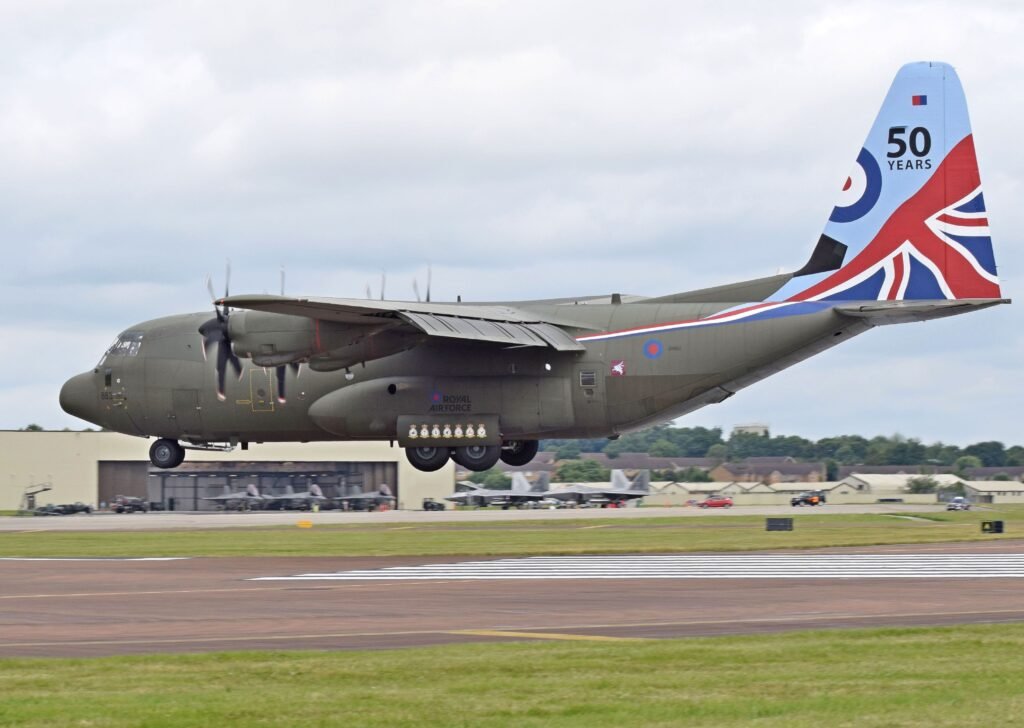New Zealand to Buy Five New Super Hercules Aircraft
WELLINGTON, June 5 (Reuters) - New Zealand said on Friday that it will purchase five C-130J-30 Super Hercules transport aircraft from Lockheed Martin to replace its existing fleet. "Along with the new fleet, the $1.521…



